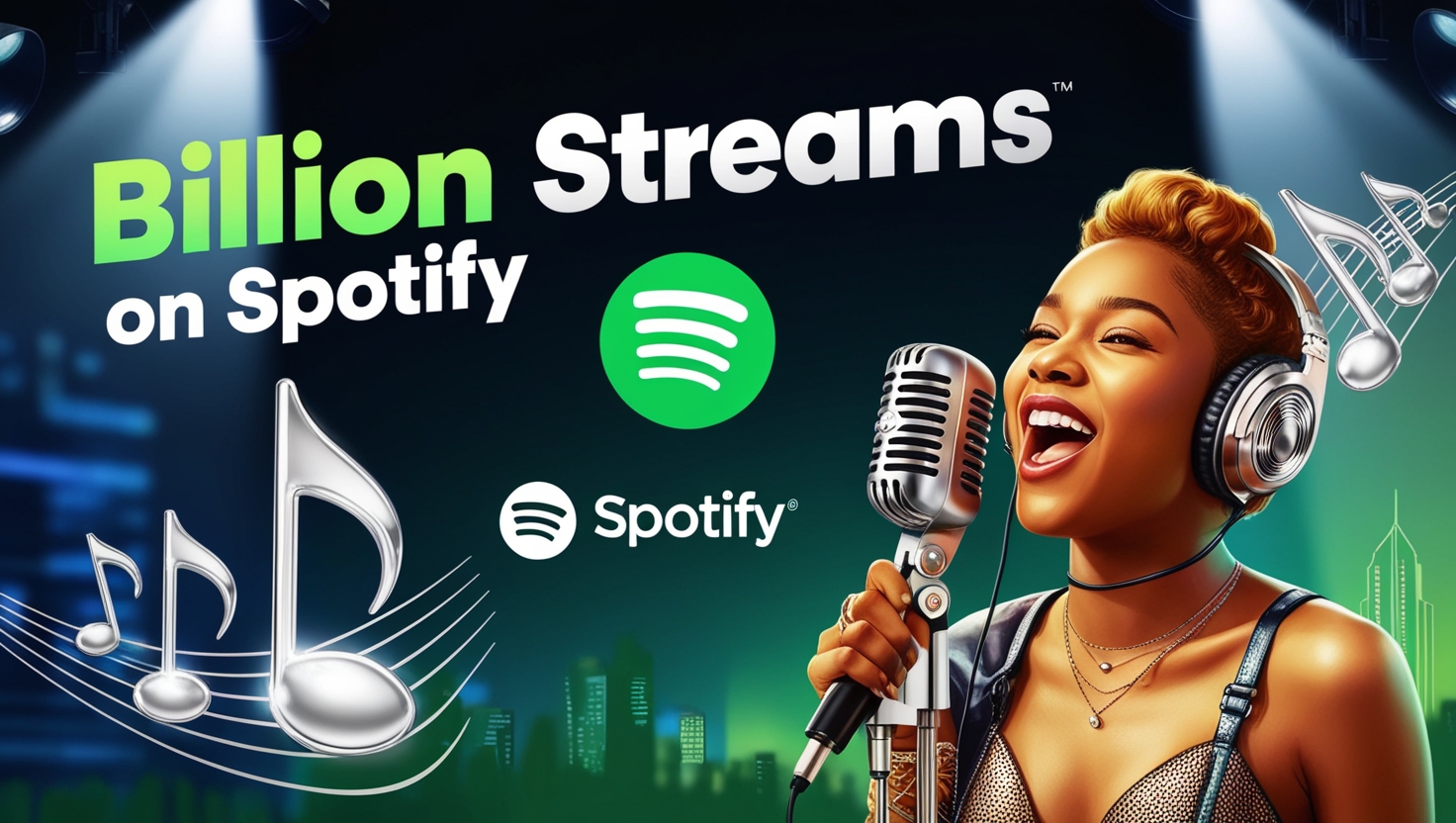Introduction
Having a billion streams on Spotify is a significant milestone for any artist. It shows they've reached a level of global popularity and success that most can only dream of. But how much is a billion Streams on Spotify in money?
Let’s take a deep dive into the economics behind Spotify streams and explore exactly how much a billion streams is worth for artists. Therefore, here we'll analyze elements like as royalty rates, geographical variations, and the increasing significance of generating income from sources other than streaming.
Spotify Payouts for Streams
When Snoop Dogg revealed that his billion Spotify streams only netted him around $45,000, it was a sobering reality check for many artists. Despite the massive listenership, the actual payout per stream on Spotify is quite low.
The platform has long maintained that it doesn't pay a fixed rate per stream. Rather, the payout depends on factors like the listener's location, whether they have a free or premium account, the quality of their profiles, and Spotify's overall revenue in a given period.
Estimates generally put the per-stream rate between $0.003 to $0.005. If you are to ensure higher payment, you need to improve your Spotify profile and get followers from certain locations in the world.
So, for a billion streams, the total payout would be in the range of $3 million to $5 million. However, that's the gross revenue before any splits with record labels, publishers, distributors, and other rights holders. The actual amount an artist receives can be significantly less.
The Importance of Transparency
The lack of transparency around Spotify's royalty payouts has long been a sore spot for artists. Many feel that the platform is not doing enough to clearly communicate how much artists can expect to earn from their streams.
Musicians like Snoop Dogg feel underappreciated while receiving billion-stream royalties, and this opacity has created misunderstandings and annoyance. In addition, it promotes greater openness from Spotify and the industry at large, which may serve to lower artists' expectations and improve public confidence in the system.
Reliance on Spotify
Now, a relevant concern over uploading audio on Spotify is how much you can rely on the payout system. Let’s talk about it.
Spotify's Market Dominance
While the per-stream payout may be low, the sheer size of Spotify's user base makes it an essential platform for artists to be on. Spotify holds around 30% of the market share in the music streaming space, making it by far the largest player.
This dominance means that making it big on Spotify is crucial for an artist's success. It also underlines the significance of avoiding relying exclusively on streaming income, though. The vast majority of an artist's income typically comes from other sources like live performances, merchandise sales, brand partnerships, and more.
The Risks of Over-Dependence on Spotify
The heavy reliance on Spotify can be a double-edged sword for artists. Although the platform's enormous reach offers artists unmatched visibility, it also leaves them open to the whims and policy changes of a single firm.
A number of recent decisions made by Spotify, such as the decision to stop paying musicians for songs that don't perform well, have alarmed the artist community. This underscores the need for artists to diversify their revenue streams and not become overly dependent on a single streaming platform.
The Impact of Region and Subscription Type
Regional Differences in Royalty Rates
One of the key factors that affects Spotify payouts is the listener's location. Royalty rates can vary significantly by country, with some regions paying much higher per-stream rates than others.
For example, streams in the US may earn around $0.0039 per play, while in Portugal, the rate could be as low as $0.0018. This can have a big impact on the overall revenue from a billion streams, especially if a significant portion of the listeners are coming from lower-paying regions.
The Premium Subscriber Advantage
Subscription type is another important factor. Spotify users on the Premium tier generate significantly more revenue per stream than those on the free, ad-supported tier. So, artists with a fanbase skewed heavily toward Premium subscribers will see higher payouts.
This points out how essential it is to push musicians to get their followers to switch to Spotify Premium. By cultivating a Premium-dominant audience, artists can potentially boost their per-stream earnings and increase the overall value of their billion-stream milestone.
Diversifying Revenue Streams
The Limitations of Streaming Alone
Given the complexities and uncertainties around Spotify payouts, the most successful artists are those who have found ways to diversify their revenue streams beyond just streaming.
Relying solely on streaming income can be a risky proposition, as the actual payouts can be far less than one might expect, even for artists with massive listenership. In addition to this, diversification is an important key that helps in building a sustainable and resilient career in the music industry.
Merchandise Sales
Merchandise sales, for instance, can be incredibly lucrative. A single best-selling t-shirt design might be equivalent to 9,000 Spotify streams in terms of revenue. By offering high-quality, fan-centric print on demand merchandise, artists can tap into an additional revenue stream that is largely independent of streaming performance.
Live Performances
Live performances are another major income source, with top artists like Ed Sheeran grossing hundreds of millions from their tours. Successful musicians are placing a high priority on honing their live performance skills because the live music experience is still a major source of income for them.
Brand Partnerships
Brand partnerships and sponsorships are another important revenue stream. When an artist's image and style align well with a brand, the collaborations can be extremely valuable. Cardi B's deal with Reebok, for example, was estimated to be worth over $1.7 million per social media post.
Through diversifying their sources of income, artists can lessen their dependence on the capricious nature of streaming revenues and establish a more steady and regular income.
Bottom Line
While a billion Spotify streams is an impressive milestone, the actual financial reward for artists is often far less than one might expect. The complex royalty structure, regional differences, and the need to diversify revenue streams all play a role in determining how much artists truly earn.


